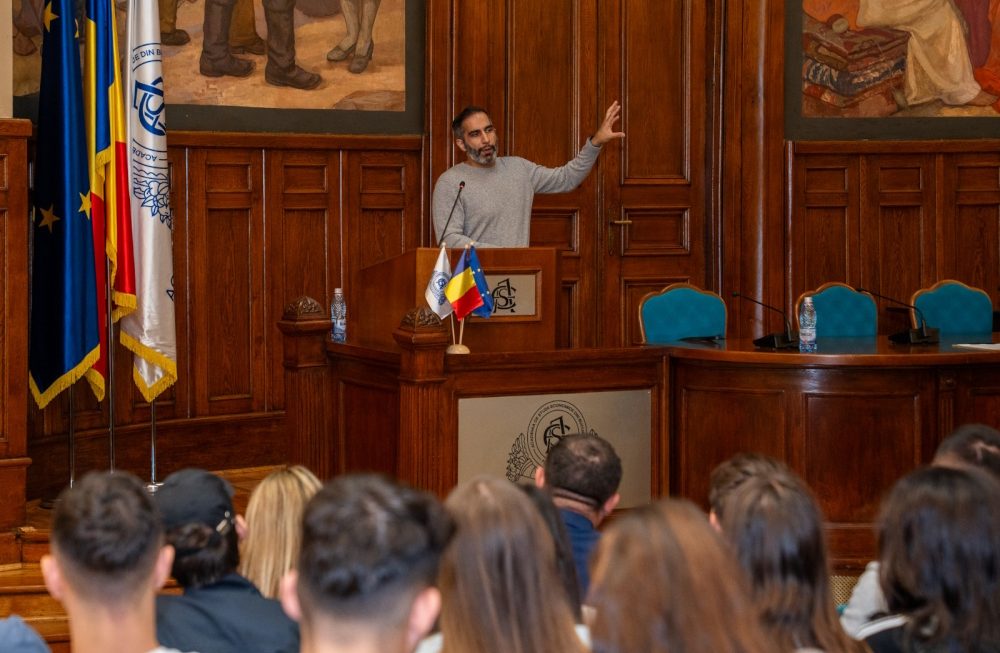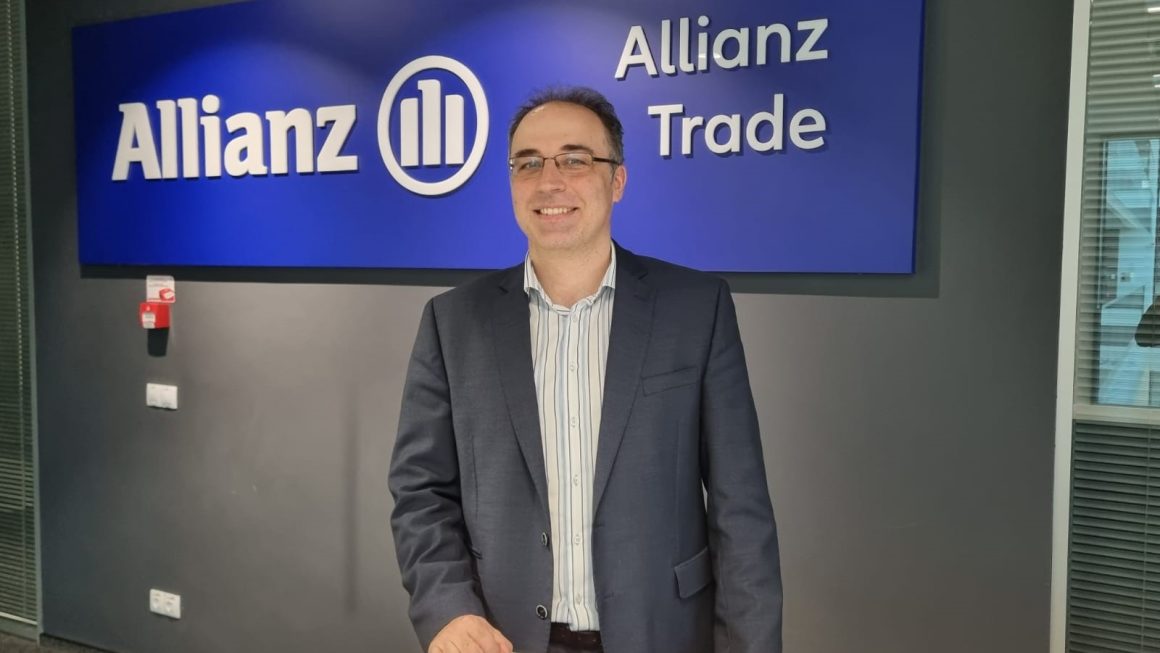
Defensive driving, a step towards normality
Foto: BecNorbert, Dragoș Savu
Defensive driving courses have been part of the reality of other countries for more than 50 years. We, the Romanians, will discover them in an institutionalized form starting this year.
Funny thing, I find a similarity between the current hysteria about vaccination and the defensive driving courses. Vaccination is not mandatory, you do it voluntarily, and you are supposed to do it for the benefits you receive from this procedure. From a different point of view, I admit, I’m stunned by the concept of “vaccination at the sink”, just to get a certificate.
Defensive driving courses are not mandatory, although, if we take a look at the statistics, they should be. Besides the fact that the price of such a course can be deducted, there will be also other forms of incentives to encourage you to attend such a program. And as the appetite for benefits is real – if they are free of charge, it’s better – I see a similar risk here, namely defensive driving courses attended only on paper and covered by a stamp.
A step toward correct information about what such a course is, why it is worth attending it, benefits. But in order to better understand the role of such a course, we also need to know a little about the context.
In 2003, the European Commission adopted the third European Road Safety Action Program, which aimed to halve the number of traffic deaths by 2010. Although the initial target was not fully achieved by the end of 2010, they decided to continue with the goal of halving the total number of traffic deaths in the EU by 2020, starting from 2010.
Accidents
In the previous decade, between 2010 and 2020, the number of traffic deaths fell by 36%. A significant decrease, yet below the 50% reduction target set in 2010. However, with 42 traffic deaths per 1 million inhabitants, the EU remains the continent with the safest roads in the world. By comparison, the world average is over 180. However, the European average is slightly different from the reality in our country.
In 2019, Romania had 96 people killed per 1 million inhabitants in car accidents, the highest number in the European Union.
Looking at this number 96 in detail, we find the real drama. The car accidents led to 35.1 deaths/1 million inhabitants. A value above the European average of 22.7 deaths. Justifications? Leaving aside the fact that we are champions in apologizing, we should take into account the age of the car fleet and its technical condition, the road structure, the manner of applying the traffic rules.
But when we find out that in 2019 we had a number of 10.2 bicycle deaths/1 million inhabitants, a value that is much higher than the European average of 4.6 deaths, and higher than the value in the country of bicycles – the Netherlands, which registered 8.6 deaths – we realize that something is deeply wrong with us. If we see that we have a level of 37.5 deaths among pedestrians, when the European average is 10.4, maybe it’s time to understand that there is a huge educational gap.
The defensive driving courses come to fill this educational gap, this vacuum that facilitates a huge number of dramas on the public roads.
A driver safety program called the “Driver Example Program” was developed in 1964 by Chris Imhoff from the National Safety Council (USA). The program established a defensive driving course. Defensive driving courses, along with instructor development courses, have been offered since 1964 and 1965.
How is it in Europe?
On February 3, 1976, BMW Managing Board decided to set up a “driver training school”. Important resources were mobilized for this project to materialize at the highest possible level in terms of the training program offered. In other words, the General Manager of BMW Motorsport GmbH at the time, Jochen Neerpasch, and Börries von Breitenbuch, Sports Secretary of the German car club AvD, agreed to design a comprehensive training program together. Von Breitenbuch was appointed Training Director by Neerpasch, while the Finnish professional rally driver Rauno Aaltonen was appointed Chief Instructor.
On April 22, 1977, BMW became the first manufacturer to offer driving courses. The first group consisted of 15 drivers, and the classes used the BMW 320i E21 models.
As an automobile journalist, I have participated in over 20 defensive driving courses. The vast majority of them were a contact of a journalist with such programs offered by various carmakers, such as (randomly enumerated) Opel, BMW, Mercedes-Benz, Porsche, Audi. I can say that I already have a pretty fair picture of what such a course is, and of what it should offer in order to be regarded as a real plus by a driver who attends it. And here the things are simple, the theoretical part is important, but the practical part is essential – the more time spent in the car during such a course, the better the chances to feel the car, to understand its behavior at the limit, and thus to become aware that “being a driver on public roads” is not an option.
I took a look at the Romanian range of defensive driving courses. Given the number of drivers in Romania, I could say that the offer is inexistent. I have inventoried less than 10 organizations that offer such courses. Prices? From a little above 100 euro to 580 euro. As the law has just been voted in our country, and we still have to wait for the application rules, a natural question arises: Who guarantees me that the structure of the course and the instructors comply with a European standard and are not a local improvisation?
And because one of the principles that guides me both in my career as a journalist and in life is to learn from the best, I tried to see who is the best in defensive driving courses in Romania.
Romania Driving Experience
It is no coincidence that I mentioned BMW as the ones who laid the foundations for defensive driving programs. Since then, the German carmaker has also developed a certification program for trainers.
And that’s how we get to Romania Driving Experience, a company that offers the most complex defensive driving program in Romania. At the core of this defensive driving program are the trainers certified by the BMW Driving Experience program. If you haven’t heard of them before, it’s because they’ve gathered over 500 days in recent years to interact with over 40,000 drivers over 300,000 kilometers. The guys from Romania Driving Experience have a double life, if I can put it that way. Part of their work is dedicated to BMW. There were chances for you to meet them if you attended an event of the German carmaker that included driving. Everything that is an event involving a customer put behind the wheel of a BMW model must be supervised and coordinated by them. And then there is Romania Driving Experience, the place where, at the same BMW standards, they offer to private drivers and companies the experience of a structure that this year celebrates 45 years.
Their defensive driving course is structured around three models. Emphasis is placed on the practical part, each module means an experience in the car for about four and a half hours. The three modules take the students through what means running speed: Module 1 – specific to the urban environment with speeds of 60 km/h, Module 2 – driving speeds in extra-urban area (100 km/h), Module 3 – driving speed on the motorway (up to 130 km/h).
Obviously, the Romania Driving Experience team recommends going through the three modules, but they will not accept to attend them “instantly”. There is a minimum break of three months between modules.
Their fleet currently consists of BMW models – Series 1 and Series 2, and other models will join the fleet.
Their list of customers includes giants from the automotive industry with subsidiaries in Romania who need their employees, who are directly involved in the development and testing of cars or new systems for them, to attend every year a driving course of B1 or B2 level. It is the first company in Romania to offer such courses, so far such employees had to go to Germany, to a BMW Driving Experience center, to take such a course. Therefore, we are also talking about a logistical plus for these companies, lower costs for such courses and time savings on the days that the company should invest in providing such courses.
Large companies’ policy to send their employees to such courses comes from decades of experience in which they found out that this type of training for employees leads in time to reduced costs for car fleets and insurance; indirectly, it is an investment not only in the safety of the own employees, and also of their families.
And speaking about costs, let’s provide some more figures. Depending on the country, the costs for a European citizen who died in a car accident range between 0.7 million euro and 3 million euro. A person seriously injured in a car accident involves costs from 28,000 euro to 959,000 euro, and a person with minor injuries means costs from 296 euro to 71,742 euro. All this, depending on the country and the number of accidents, can lead to expenditures starting from 0.4% of GDP and going up to 4.1% of GDP.
Defensive driving is a step toward normality, but let’s be careful how we take it, because there is also a risk of stumbling.
Constantin Ciobanu
Share
Share















